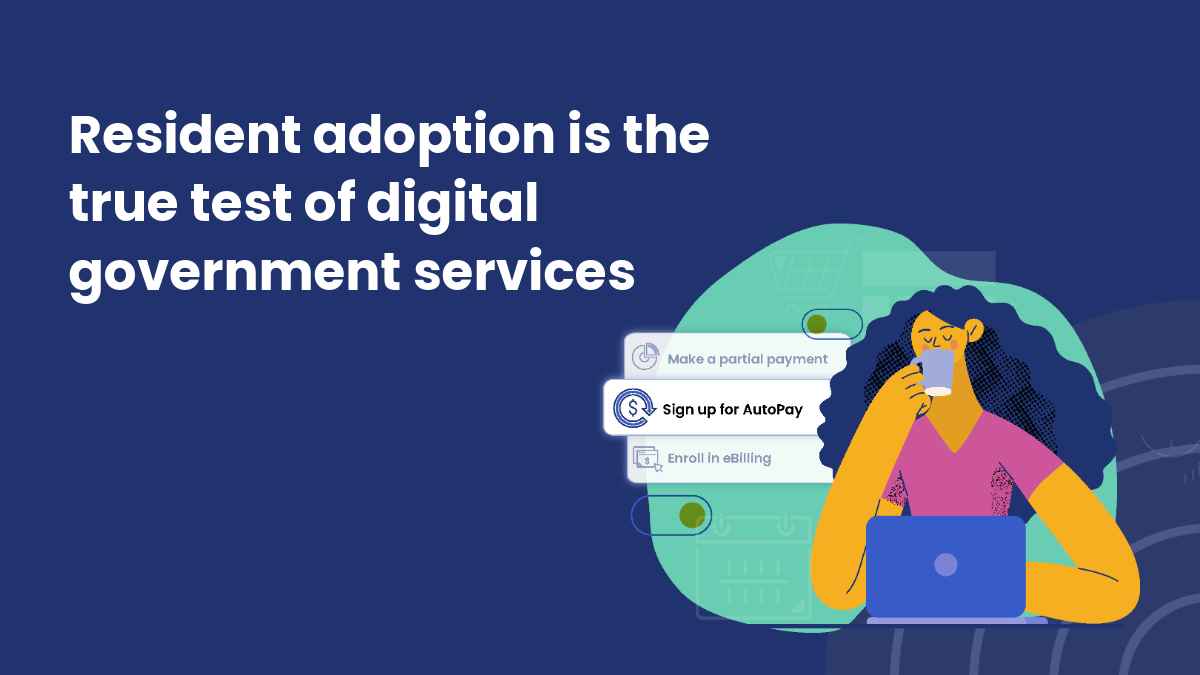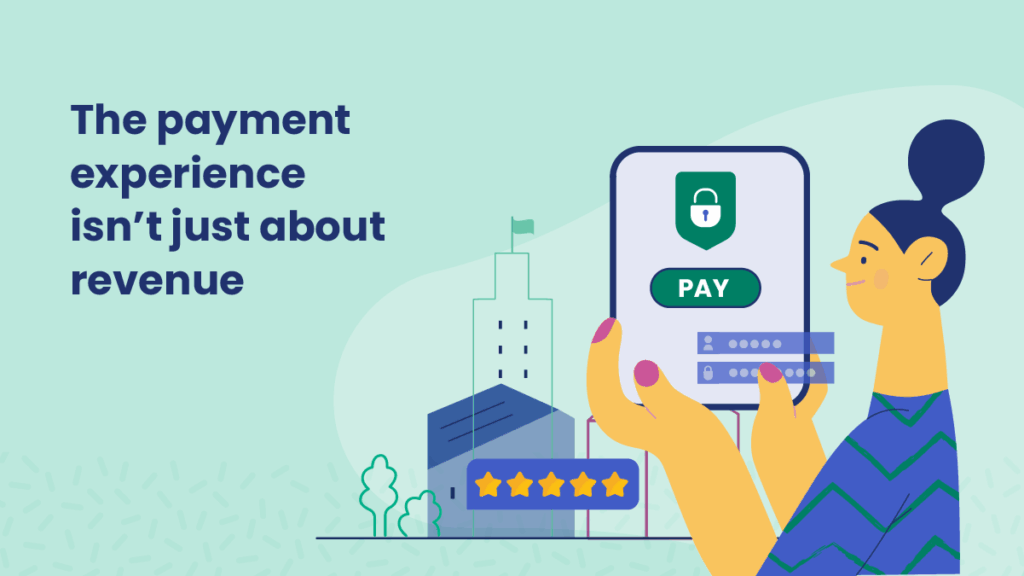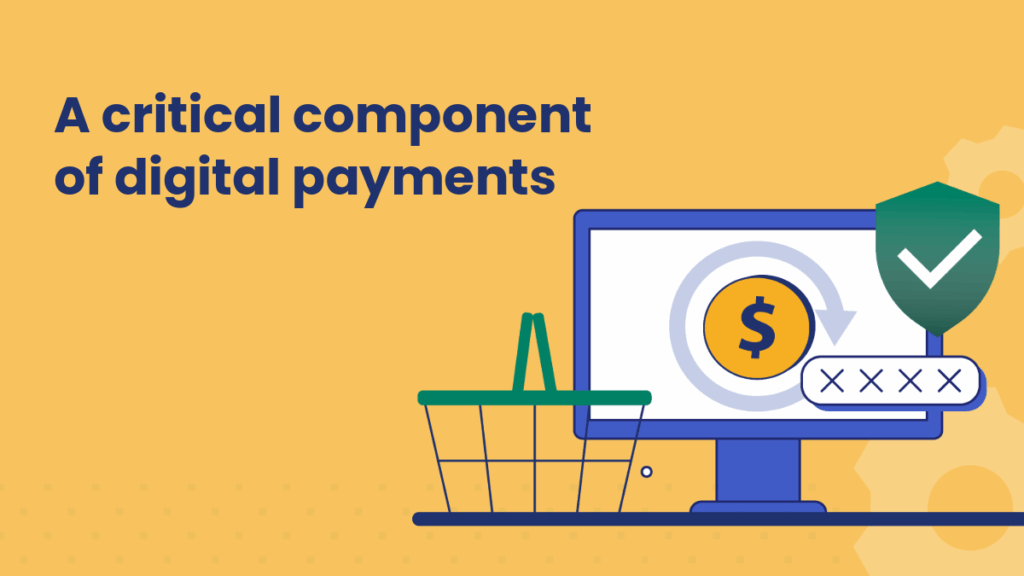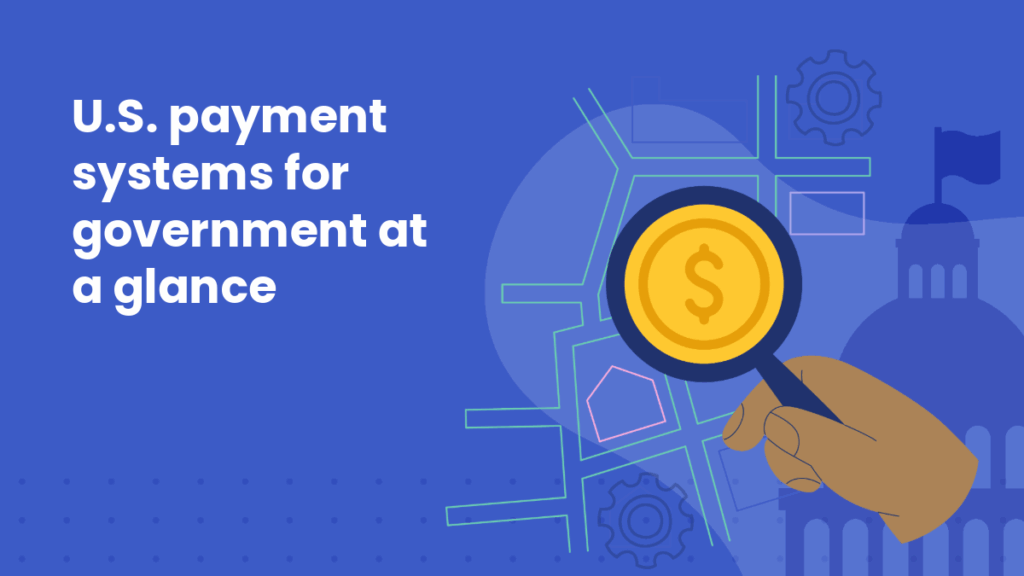Is resident experience driving adoption?

Across the U.S., digital government services continue to increase: According to a National Association of State Technology Directors (NASTD) survey, 68% of state respondents either have a unified constituent services portal or are in the process of building one, but providing the latest and greatest technology for residents doesn’t automatically mean you’ve improved the resident experience. Although there has been a continued investment in unified service portals, resident engagement remains low.
So what’s the problem?
Availability doesn’t equal adoption
Digital infrastructure is only part of the equation. Simply launching a new portal or feature doesn’t guarantee residents will use it. While we’re seeing a high willingness to go digital, friction and discoverability issues remain — making resident tech adoption less likely. Without a meaningful user experience, personalization, and outreach, digital services aren’t enough to create resident satisfaction and continued use.
TL;DR: If a digital service isn’t easy to find and simple to navigate, residents won’t use it.
Successful resident engagement hinges on usability and proactive marketing rather than assuming people will “discover” a government platform.
Are residents using digital government services?
Residents expect their digital government experience to mirror the convenience of platforms they use every day, from shopping to healthcare to banking. But government services aren’t keeping pace:
- A 2023 Deloitte survey found that only 23% of respondents regularly interact with government through digital channels
- Our 2024 research was similar: Nearly 64% of residents who used digital government channels reported at least one challenge during the process
- Common pain points include technical glitches, payment errors, confusing navigation, and difficulty finding the right service
And while most residents prefer to use websites for government transactions, it’s not as easy as users are accustomed to. In fact, satisfaction with digital government services lags the private sector by almost 20%.
Government leaders, however, are hoping for a big jump in adoption rates. Only 30% of respondents said they’re currently collecting 60%+ of payments online, and only 5% currently see adoption rates over 80%.
States’ approach to improving resident experience — and government tech adoption
The majority of states do offer online services, but availability varies:
- Only eight states offer more than 75% of services online
- Seven states still offer less than 25% of services online
- Most state agencies are somewhere in between
While most agencies offer at least some digital service options, efficiency relies on adoption — not just the technology in place. So, it only makes sense that to measure the success of their digital service initiatives, states are using a variety of adoption-related performance indicators:
- Adoption rates of online services
- Accessibility improvements
- Average response/resolution time for constituent inquiries
- Constituent engagement rates
For 95% of state agencies, implementing resident experience improvements, enhancing accessibility, and expanding self-service options for common tasks are top priorities. And 78% recognized that increasing public awareness about existing services and resources is a key part of improving the resident experience.
Outreach is one missing ingredient
Even the most advanced portals won’t drive value if residents don’t know they exist. That’s why successful engagement depends on proactive outreach — not just digital ads and SEO, but omnichannel campaigns that include email, social media, and even direct mail.
Residents aren’t going to stumble upon a new platform. They need to be invited to use it, and that invitation has to be clear, relevant, and accessible.
Create with human-centered design
More than 60% of states are using human-centered design (HCD) to guide digital experience improvements, and that’s a good sign. HCD focuses on designing services around how people actually think, behave, and move through tasks.
When residents land on a portal that aligns with their real-world mental models (and helps them complete tasks without confusion), they’re far more likely to adopt and return. Whether it’s streamlining steps, removing jargon, or giving real-time feedback during a transaction, HCD shifts digital services from functional to intuitive. And that shift is critical for driving adoption.
Accessibility isn’t optional
From screen-reader support and mobile responsiveness to plain language and multilingual content, accessibility is the backbone of equitable service delivery.
States know this: 66% are actively tracking accessibility improvements, and 95% cite it as a top strategic priority. But accessibility also helps every user — not just those with disabilities — by improving clarity, reducing errors, and supporting device flexibility.
When governments invest in accessible design, they don’t just check a legal box. They expand reach, reduce frustration, and strengthen public trust.
Unified portals encourage resident engagement and build trust
Bringing services together under a single account does more than simplify navigation. It creates a consistent, familiar experience for residents where they can:
- Make multiple payments from one place
- View all due dates and receipts
- Avoid repeatedly entering their information
This kind of frictionless experience drives adoption, and it builds trust.
When users do have a positive experience, 71% say they would recommend the service, and 47% report increased trust in the agency.
Adoption as a metric for success
States are investing heavily in digital government services, but those investments will only pay off when residents actually use them. That requires more than good technology. It takes:
- Human-centered design
- Intentional outreach
- Intuitive, personalized experiences
Building a modern digital government experience is foundational to trust, efficiency, and resident satisfaction.
Looking for more content?
Get articles and insights from our monthly newsletter.




